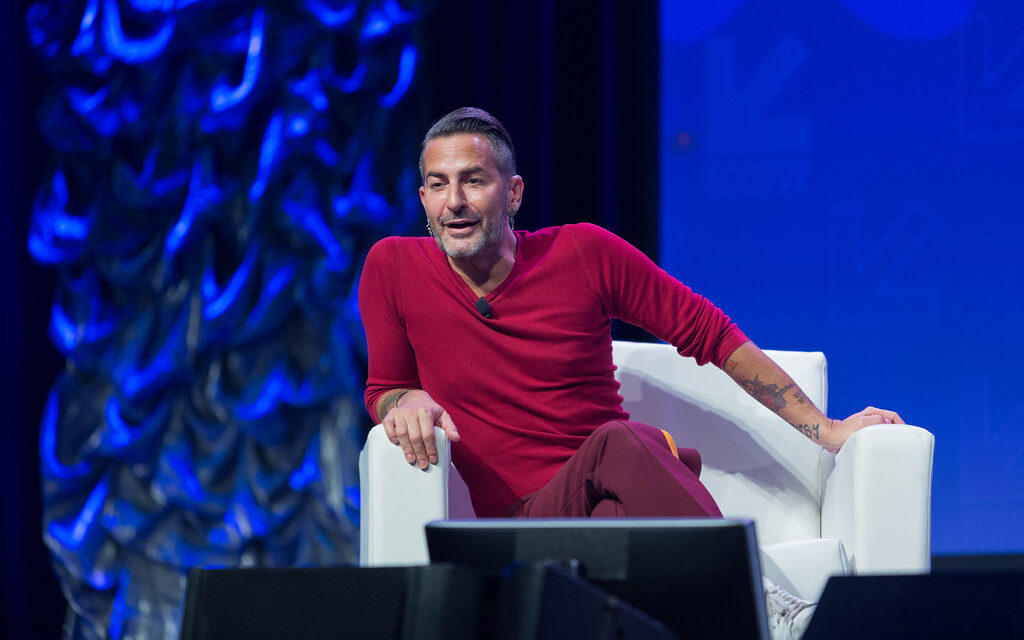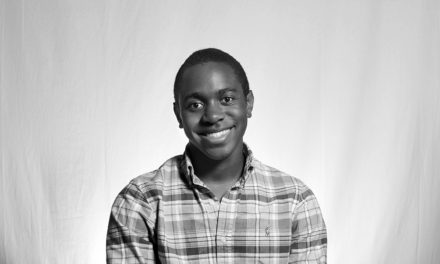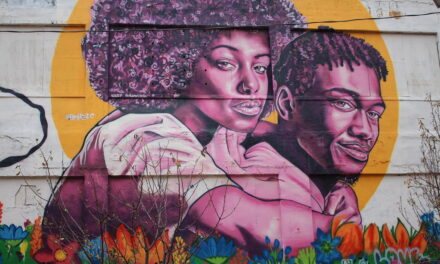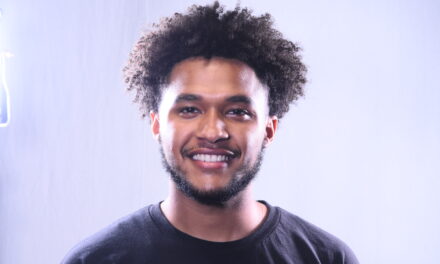Image from Creative Commons
In a generation where individuality is encouraged, its no surprise that fashion houses have found a way to profit off of it. While they may not have been the first house, Marc Jacobs has created a line of clothing that speaks to all the quirky boys, girls and nonbinary individuals.
“Heaven” by Marc Jacobs is a line of clothing specifically aimed at Generation Z with graphic baby tees, overpriced handbags, quirky platforms and a hub for teens to fill their closet with alternative, Y2K, Fruits Mag inspired garments, apparel and accessories.
Best explained by Kate Bowie of Latest: First for Culture, “Heaven is hitting Gen Z where it hurts so good – the niche subcultures and artists they identify themselves with.” “Heaven” is the bridge between fans and the untouchable celebrities they fantasize about. As Bowie stated later in their article that “Heaven” is a social currency.
“Heaven” is more than just pretty clothes. The target audience “Heaven” tries to reach are younger generations, and they do so obnoxiously clear. With each collection “Heaven” by Marc Jacobs releases every year, the fashion house has two notable tactics for marketing to campaign: ‘The couch’ and celebrity editorials.
The first tactic includes a long couch in the middle of an all-white backdrop, filled with social media’s current timeline favorites. They often advertise their campaigns online through multiple social media avenues. More can be read on GQ. This previous drop they released in collaboration with the band Deftones additionally included Cannelle Ferragu, Clip, Reign Judge, Chessa Subbiondo, Anajah Hamilton, Blizzy McGuire, Michael Imperioli and many more influential creatives. They dress these micro-celebs in clothes from the collection drop, and pose them on the longest couch known to man.
The other marketing tactic they use is A-list celebrity editorials. For Marc Jacobs’ Fall 2022 collection, they had actress Pamela Anderson laid out on a giant pink rose and pop icon Doja Cat posing with fairy wings and ethereal makeup. Both celeb’s were wearing an article of clothing from “Heaven’s” current collection.
Social media, more specifically juTikTok, has been a large contribution to the success of “Heaven.” For decades, fashion has been a way for marginalized communities to express themselves and break free of the systemic oppression that individuals have faced. This is shown through the LGBTQ+ community and the extravagant, dramatic glamor that is drag. Depicted through the numerous trends and fashion moments that originated from the Black community. Fashion has been a large part of the identities and culture of many marginalized communities around the world. You can read more about this on the Borgon Project.
Nevertheless, through these marginalized communities came the creation of alternative fashion, and with alternative fashion comes a group of non-marginalized people seeking to immerse themselves in a world they never knew about, followed by the world blindly accepting it. More of the correlation between marginalization and fashion can be read on Kawaii Riot. “Take, for example, the rise of musicians like Olivia Rodrigo and Rina Sawayama, who have cultivated a new pop-punk sound.” says Who What Wear “Or look at how power couples, think Megan Fox and Machine Gun Kelly, have recently popularized alternative fashion on the red carpet.”
With the surge of alternative fashion on social media, it was a matter of time before brands, like “Heaven,” were created. However as mentioned previously, “Heaven” is not the only brand, and they certainly will not be the last.
Brands including Jaded London, Minga, Dominnico and D-Squared have fallen victim to the “Heaven Effect.” Jaded London’s entire brand is practically centered around taking fashion trends seen on TikTok and creating overpriced versions of these garments, similar to “Heaven.” Their staple piece is overpriced denim, creating wide-leg jeans that profit off of the “Big Shirt/Little Pants” trend that many subcultures like Cyber Goth and Grunge are notable for.
Minga London follows the same tactic as Jaded London, creating ‘high-fast fashion.’. D-Squared, on the other hand, is an already established brand that recently started to incorporate more trends catering to younger generations in their latest show. While their house often caters to modern women, as described by Highland Village, they take a lot of inspiration from social media’s micro-influencers, and catch the styles of clothing they have on the runway on your timeline first.
These brands are romanticizing youthful trends as a marketing tactic, and doing so shows the lack of creativity within the Marc Jacobs brand. Back in 2018, the New York Times wrote an article on Marc Jacobs, stating how he “fell out of fashion.” “Now, there is a sense that Mr. Jacobs has lost his way. With turnover at the top and a designer who himself has suggested he no longer understands what customers want, the label is turning out clothes and accessories that lack a compelling point of view, failing to generate the excitement created by younger peers like Alexander Wang and Joseph Altuzarra.”
Marc Jacobs’ previous lack of understanding of his audience was reflected in his brand, in turn causing his descent from the top of the industry. This caused Jacobs to close down stores around the world because his market simply did not resonate with his work. While he did learn his lesson and create a line of clothing that spoke to an audience showing a clear marketing strategy, his brand now reflects a lack of creativity.
There is no doubt that a lot of clothes featured on “Heaven” have been found previously from other brands. Marc Jacobs’ glorification of youth reflects his own sense of rebellion, by getting back at all the critics, like The New York Times, who claimed that he didn’t understand what consumers want. While respectable, Jacobs’ collaboration with fashion artist, Avanope, shows that he still didn’t receive the constructive criticism he was presented with.
While “Heaven” by Marc Jacobs is essentially a cash grab marketed towards the impressionable, pretentious, self-obsessive minds that is Generation Z: it’s still a cute brand. “Heaven” is a clear depiction of where fashion is headed within these next few years, it shows how impactful young generations and even alternative subcultures are. It also shows that fashion is indeed taking a turn for the best. “Heaven’s” size range reaches up to a double extra-large, and with it appearing on runways, promotes size inclusivity and plus-size figures wearing a different niche of clothing within high-fashion. It’s hard to admit, but the Heaven effect is here to stay and could be the future of fashion.





